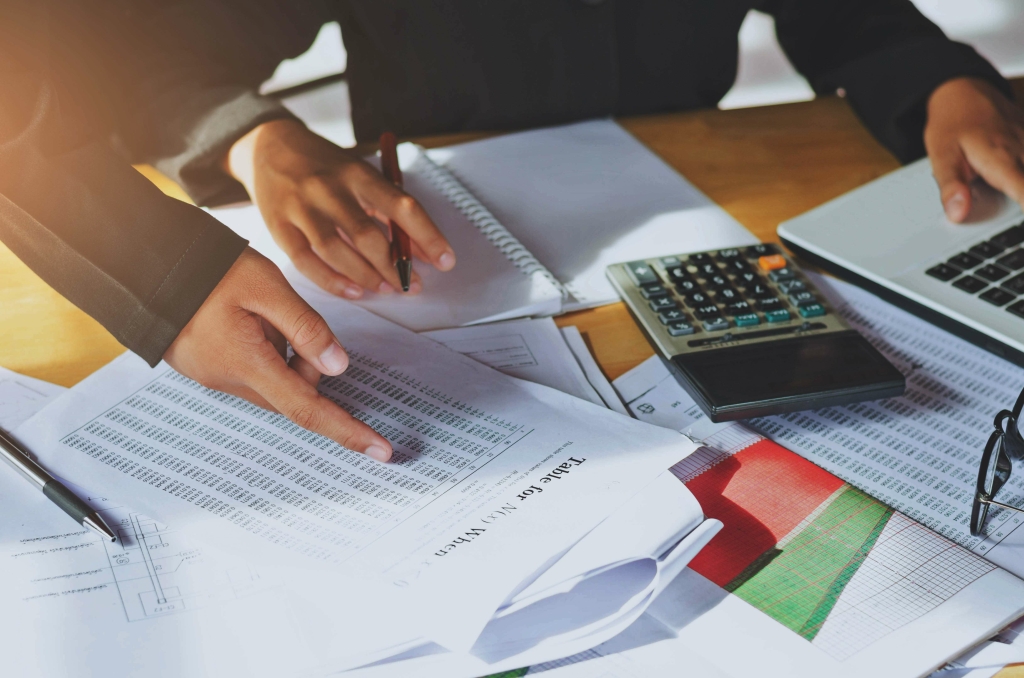Content

It is best to start with the general ledger when calculating accounts receivable turnover or creating a budget. Your general ledger is the first place to look if you want to find out how much money you have in the bank or why you have a lot of printing expenses. However, digitalization simplified the process of recording transactions. With the advent of excel sheets and efficient accounting software, you no longer have to record GL in books. While the method of recording transactions has changed, the GL remains important. It plays a key role in the accounting and bookkeeping process and is essential for any company that uses double-entry accounting.
What are the 3 types of ledgers?
- General ledger.
- Sales ledger.
- Purchase ledger.
A computerized accounting system, on the other hand, is more fast and more accurate way of performing accounting tasks. Once enough information is available about a transaction, the accountant or bookkeeper enters the data into computer software. The software then prepares the appropriate journal entry from the data entered and posts https://simple-accounting.org/small-business-guide-to-retail-accounting/ the same to relevant accounts in the general ledger. A general journal is an account where business transactions are recorded as they happen, firsthand, in chronological order before they are posted in their respective accounts in the general ledger. Transferring the financial data from the journal to the ledger is called posting.
How Does a General Ledger Relate to Double Entry Bookkeeping?
As you can see, columns are used for the account numbers, account titles, and debit or credit balances. The debit and credit format makes the ledger look similar to a trial balance. Other ledger formats list individual transaction details along with account balances. Today, there is a number of accounting software packages that allow journal transactions to be easily transferred into the general ledger accounts. The general ledger then becomes the master financial document for your business with columns for the name of the transaction, debits and credits, and the dollar amount, along with a running balance.

This ledger is used to record each transaction and uses a trial balance to validate the information. An accounting ledger records transactions and helps generate financial How to set up as an independent contractor in the Czech Republic statements for investors, creditors, or even regulators. The information in the ledger can help management with decision-making based on financial data.
What is a General Ledger?
Within a general ledger, transactional data is organized into assets, liabilities, revenues, expenses, and owner’s equity. After each sub-ledger has been closed out, the accountant prepares the trial balance. This data from the trial balance is then used to create the company’s financial statements, such as its balance sheet, income statement, statement of cash flows, and other financial reports.
It uses numbered accounts, including debits and credits, from which a trial balance is computed. It holds all the data needed to prepare periodic financial statements—such as balance sheets, income statements, cash-flow statements, and other financial reports—on a monthly, quarterly, or annual basis. In accounting, a general ledger is used to record a company’s ongoing transactions.
How can I set up a general ledger in QuickBooks?
See our free small business bookkeeping resources for additional bookkeeping tools. See our free small business income-related resources for additional small business income tools. Nurture and grow your business with customer relationship management software.
- Next, we’ll dive into a few other financial accounting documents that are closely related to — but distinct from — the general ledger.
- It will also record a payable for the wages, say $60, that need to be paid to the crew in the credits column and a small expense for any fuel or other costs involved.
- Accounting journal entries are made for every financial transaction your firm undertakes and are made in chronological order.
- A general ledger account is created for each account in the chart of accounts for an organization, which are classified into account categories, such as income, assets, expense, liabilities, and equity.
- It is a type of general ledger where accounts of confidential nature are recorded.
- To have a better understanding of the posting process and to illustrate the format of ledger accounts, we need to take a transaction, prepare a journal entry and then transfer it to the relevant ledger accounts.